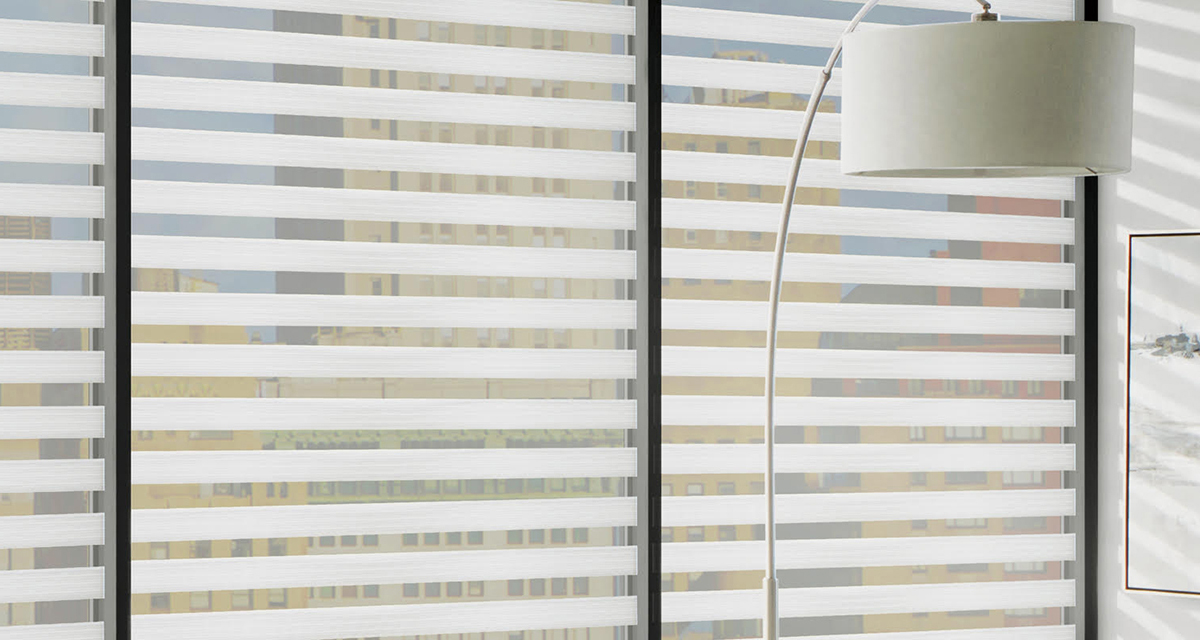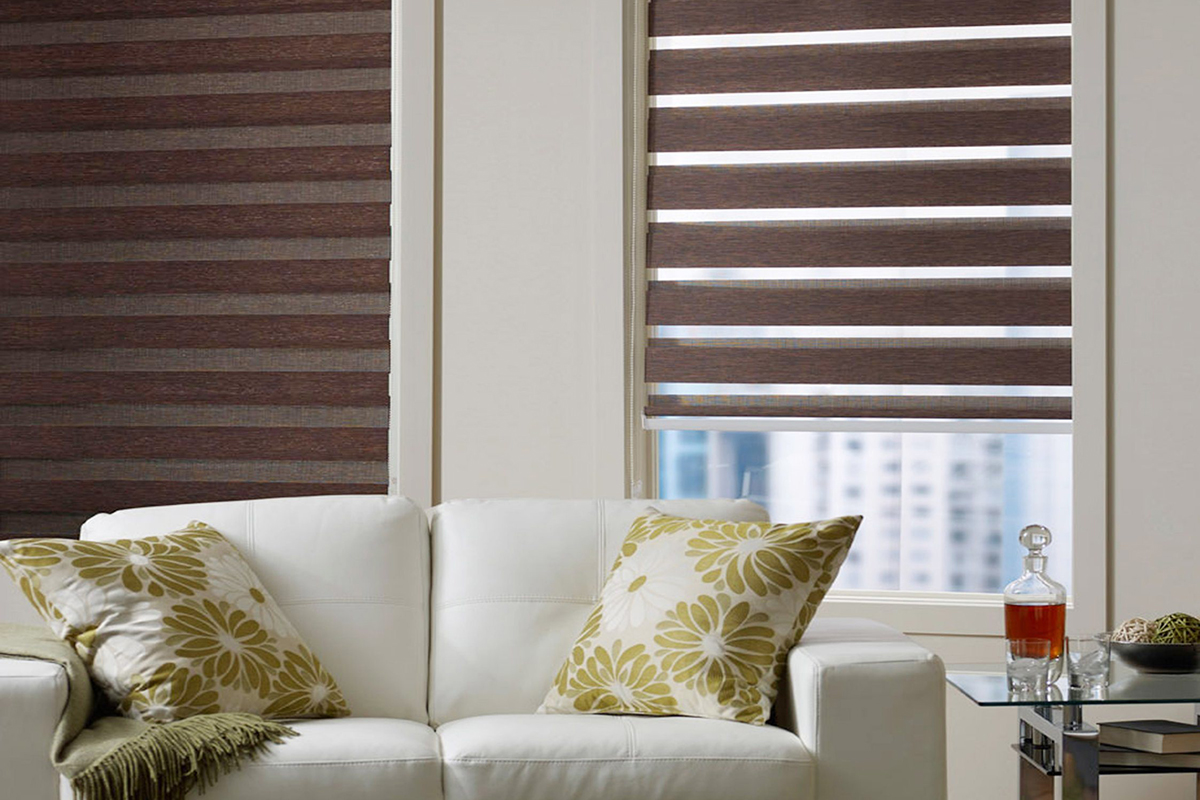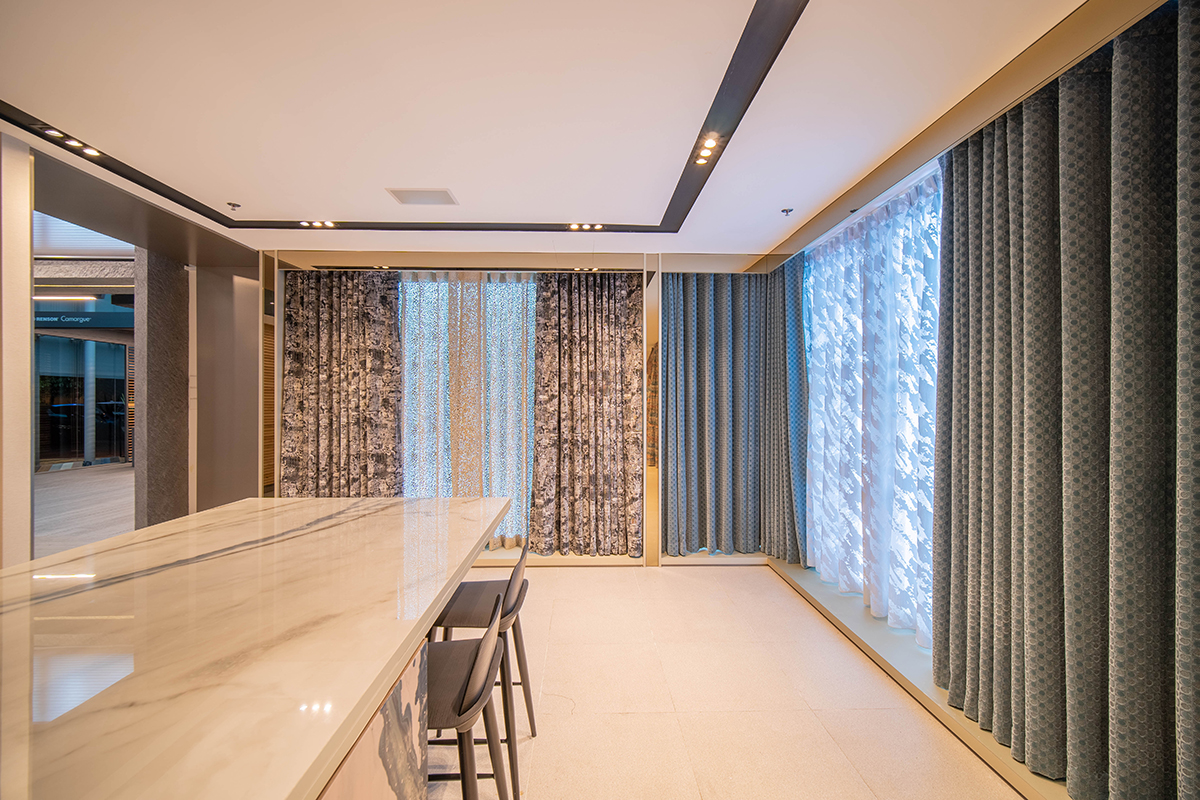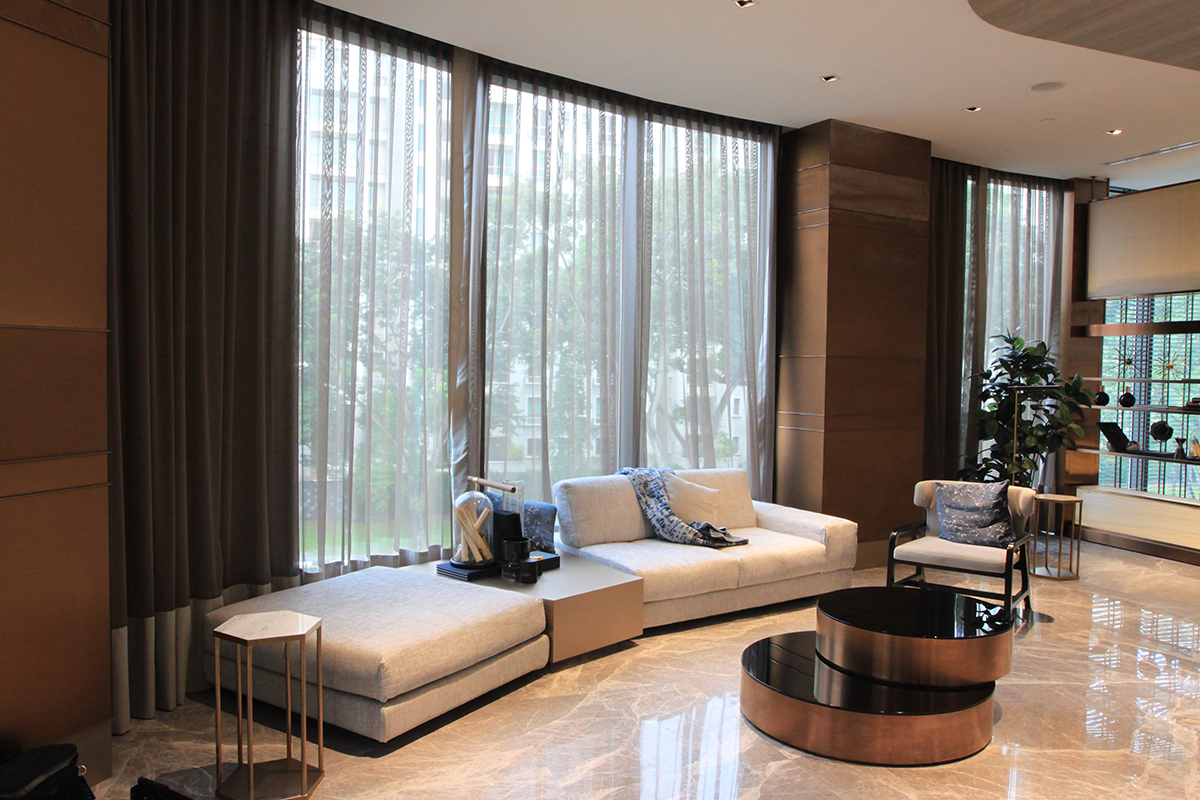Figuring out your lighting plan is crucial for the success of your home design. While artificial light plays a huge role in this, natural light is just as important. That’s where blinds, shades, curtains and other window coverings and treatments come in, allowing you to control the amount of light that streams into your living spaces.
But choosing between all these different options can be confusing—what’s the difference between blinds and shades? When should you opt for curtains instead of blinds? What’s the deal with window films? We spoke to industry experts Jei Leong from mc.2 and C.K. Wong from Recherche Furnishings to get their expert insight on the topic.
 Image courtesy of mc.2
Image courtesy of mc.2
Blinds
When it comes to blinds, you can essentially choose between four styles: Venetian, roller, vertical and rainbow. Jei Leong shares with us that the Venetian style is the most popular one in Singapore, “due to its functionality, simple design and low cost.” C.K. Wong agrees, adding that Venetian blinds provide “great control of the light while maintaining privacy.” Let’s then have a closer look at all four styles.
Venetian blinds
Venetian blinds come with adjustable slats, which can be moved into each homeowner’s preferred position, achieving a more natural flow of light in the home. “There is generally a huge range of materials and designs to choose from, allowing for more variety,” Leong tells us. This large selection of materials can quickly become overwhelming when shopping, but our experts have some advice to get you started.
Wong and Leong both recommend opting for PVC blinds in the toilet as the material is waterproof. Leong continues that wooden Venetian blinds are optimal for relaxing living spaces due to their “Zen” aesthetic, while Wong adds that wood is a great choice in most rooms as the material “will not deteriorate much in our hot and sunny climate.”
But Venetian blinds overall do have some downsides as well, Leong confides, telling us that “they are difficult to maintain, clean and most of the time won’t be able to fully block out sunlight if you’re aiming for a very dark interior.”
 Image courtesy of Recherche Furnishings
Image courtesy of Recherche Furnishings
Roller blinds
In comparison with their Venetian counterpart (which historically originated from Persia and were then traded through Venice!), roller blinds are “easier to maintain and naturally more affordable,” Leong shares. However, Wong adds, “they are either open or closed,” with no in-between option for soft lighting, making them much less adaptable.
Vertical blinds
The most similar in structure to a traditional curtain due to the arrangement of the slats, Leong tells us that vertical blinds “offer more flexibility than a conventional curtain, tilting to adjust the light flow in the house. This offers a certain amount of privacy while still maintaining some brightness.”
Rainbow blinds
Less well-known than old-timers like Ventian blinds, “rainbow blinds are made up of two fabrics, front and back, allowing the light to be adjusted to a preferred angle,” Leong explains. “Their bolder design tends to attract new homeowners who are looking for something different.” He recommends opting for rainbow blinds sourced directly from Korea, as “they tend to come with a better mechanism.” Finally, he advises to “be very careful with the sheer fabric at the back, as it’s fairly thin and can thus wear off easily.”
 Image courtesy of mc.2
Image courtesy of mc.2
Each of these styles of blinds can be motorised to ease and speed up the process of opening and closing them. “With the advancement of smart technology, homeowners are now able to link their blinds up with AI technology, controlling them using their mobile phones and even setting timers,” Leong tells us. Wong points out that this technology is particularly useful for homeowners with large sets of blinds, as they can be difficult and time-consuming to coordinate. However, he cautions that “if the motor breaks down or your home suddenly has no power, the blinds won’t be operable anymore.”
Shades
Blinds and shades are commonly confused and the two terms are often used interchangeably. The actual difference? While blinds are crafted out of wood, PVC and aluminium, shades are simply made of fabric. Wong clears up a few more questions we have on the topic, sharing that “of the many kinds of shades on the market, Roman shades provide the strongest cover. As long as a blackout material is used, Roman shades will provide more of a blackout atmosphere than other blinds.” Roman shades are also a lot softer due to their material, “giving a cosier feel to the room.”
Curtains
If you’re looking to soften your surroundings, curtains are the way to go, lending your home a cosy, welcoming ambience. Additionally, we find out from Leong that “certain curtain materials have excellent noise cancellation properties. For those homeowners looking to craft a music studio or karaoke room inside the house, curtains will be more suitable than blinds.” Wong confirms that curtains not only have noise-cancelling properties but also help to darken a room, “achieving a complete black-out atmosphere.” He does admit, however, that “blinds are neater and do not need to be washed or dry-cleaned,” making curtains generally more high-maintenance.

Image courtesy of mc.2
One thing you may not know about curtains is that they come in different “strengths,” each offering different levels of darkness. Leong tells us a little bit more: “A day curtain is a sheer piece of fabric, most of the time used to diffuse the light in the house, giving your home a more natural and warm feel. A night curtain tends to be thicker, offering more privacy and increased sun shading properties.”
When it comes to night curtains, you’ll often encounter two different styles: dimmed-out curtains and the more extreme blackout curtains. While “a dimmed-out curtain will be more suitable for homeowners who wish to have privacy without having to sacrifice light from entering their homes, blackout curtains are highly sought after for their optimal privacy and complete sun shading.”

Image courtesy of Recherche Furnishings
Of course, the quality of your curtains is ultimately the most important aspect. Leong recommends looking out for the curtain tracks in particular, as they are often an indicator of the overall quality. “Speak to the vendors about their method of installation and find out how they address curtain folds,” he continues. “The most commonly used folds are the double pleated and ripple fold, each offering a different aesthetic. Do also look at the fabric detailing. Designer fabrics tend to have very good detailing on the material.”
Wong advises homeowners to think about the kind of look they want to achieve with their curtains before picking a style. Whether it’s pleated, ripple fold or even the vintage-style cafe curtains, the decision should ultimately depend on each homeowner’s personal style and how they imagine the curtain to flow.
Window films
A more discreet and space-saving option, particularly in a small flat, window films offer privacy and help to keep harmful UV rays at bay without the need for bulky, high-maintenance window coverings. “Privacy films are like solar films, which offer UV protection, yet privacy films give you close to a hundred percent block-out effect, which a typical solar film won’t be able to do,” Leong shares. Most commonly, these films are applied to bathroom windows, where homeowners tend to wish for that bit of extra privacy and won’t care too much if the view out the window is not perfectly clear.



